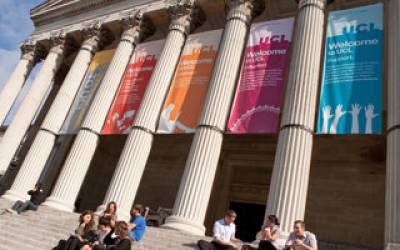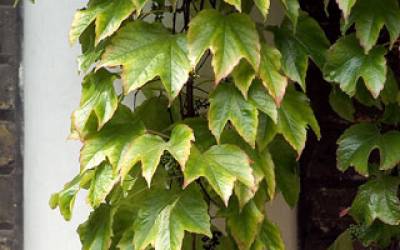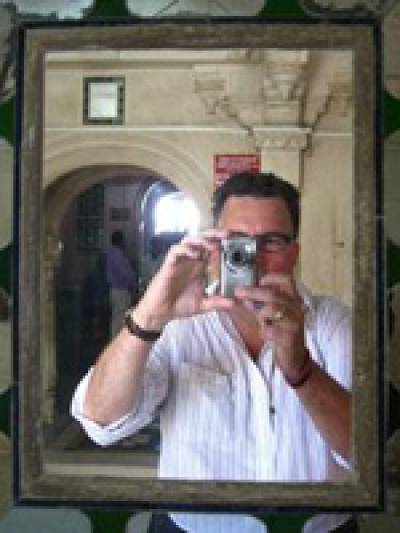 | Email c.pinney@ucl.ac.uk |
Emeritus Professor of Anthropology and Visual Culture, PhD, Social Anthropology, 2023
Professor of Anthropology and Visual Culture, PhD, Social Anthropology
London School of Economics, 1987
| Publications |
His new website is http://www.christopherpinney.org

Pinney's research has a strong geographic focus in central India: initial ethnographic research was concerned with village-resident factory workers. Subsequently he researched popular photographic practices and the consumption of Hindu chromolithographs in the same area. His publications combine contemporary ethnography with the historical archaeology of particular media (see eg. Camera Indica and Photos of the Gods). The Coming of Photography in India, based on the Panizzi Lectures was published by the British Library in October 2008. Other recent work includes Photography and Anthropology (Reaktion 2011) and (together with Suresh Punjabi) Artisan Camera: Studio Photography from Central India (Tara, 2013).
He led the ERC-funded project "Citizens of the Camera: Photography and the Political Imagination" (2016-2020)
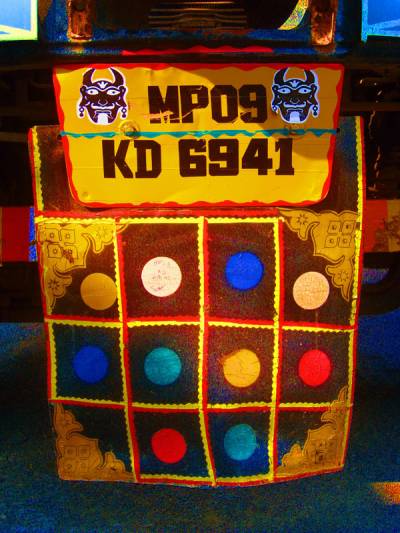
He is interested in cultural spaces which conventional social theory has tended to neglect: "more than local and less than global", and spaces of cultural flow that elude the west. In addition to ongoing projects with an Indian focus (for instance, a filmic record of two central Indian Dalit intellectuals) he is also working on visual dimensions of cultural encounters from 1492 to the present, and thinking through Kracauer's later work and the question of 'multiple temporalities'.
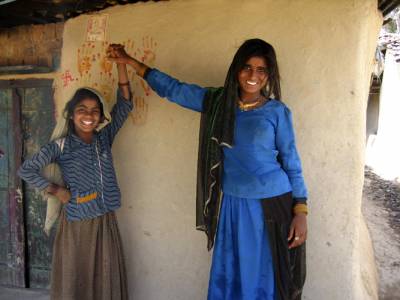
In 2009-10 Pinney visited India for research on several occasions in connection with a British Academy funded project "Power From Below: Dalit Modes of Political Performativity" which is examining the visual ethics and politics of Dalit goddess possession. He also participated in the Kovalam Literary Festival in Kerala, conferences on Gandhi's Hind Swaraj in Mumbai and on the New Cultural History in Kolkata, and gave public lectures at the University of Hyderabad, English and Foreign Languages University (Hyderbad) and at the arts organization 1 Shanthiroad (Bangalore).
Pinney's photographic xeno-epistemic digital-cyanotype project Notes on Indian History is an attempt to document India's colonial and postcolonial predicaments. The image below, taken at the Union Carbide plant in Bhopal in April 2010 is part of the Bhopal:Blueprint/Endplan series.
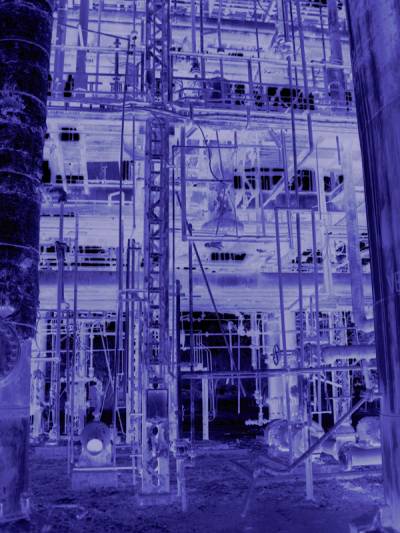
1. Bhopal: capital of Madhya Pradesh, India, population 1,800,000. 'City of Lakes', location of Asia's largest mosque and the Union Carbide India Limited pesticide plant, cause of the world's worst industrial disaster.
2. Blueprint: cyanotype process used in duplication of engineering and architectural plans.
The Madhya Pradesh Government official number of fatalites was 3,787. Other Indian Government agencies have since calculated the total at more than 15,000. Perhaps between 100,000 and 200,000 people still live with gas-related disabilities. The rickshaw driver who drove me to the plant (in a densely populated area, just north of the railway station) was eight on that night - 2nd/3rd December 1984 when 28 tonnes of lethal gas rolled across the centre of Bhopal. He recalled waking with excruciating pain in his eyes and being rushed to a chaotic hospital by relatives. Countless family members still live with the effects of that night.
Tank 610 - containing 42 tons of methyl isocyanate (MIC) - was rapidly filled by water late on December 2nd, causing the temperature of the tank to rise to more than 200°C.
Union Carbide downplayed the incidents of phosgene leaks (some involving fatalies) in 1981, 1982 and multiple MIC leaks in 1982, 1983 and early 1984. Indian authorities warned of the probability of a major incident from 1979 onwards. Visiting US experts in 1981 warned Union Carbide of the potential for a 'runaway reaction' in the MIC plant.
The MIC tank alarms had not worked for four years and there was only one manual back-up system as opposed to the four relied on in US plants. The flare tower and gas scrubber had been inoperable for five months prior to the disaster but in any event the scrubber was designed to handle only one quarter of the pressure which had built up in the tank and the tower one quarter of the volume of gas. Carbon steel valves, which corrode when in contact with acid were used to save money. Water sprays were set too low and could not reach the gas.
The US parent company (Union Carbide) argued that this was a Badiouan 'event' or 'rupture', without precedent, not easily anticipated and certainly not planned. But perhaps it had more the quality of an 'endplan', - a destiny born of contempt for the poor, distant, and unknown - an outcome written in the blueprints, recoverable after the event through these digital cyanotypes made in 2010.
3. Endplan: Evidence recoverable after the event and which reveals the event to be immanent in the blueprint.
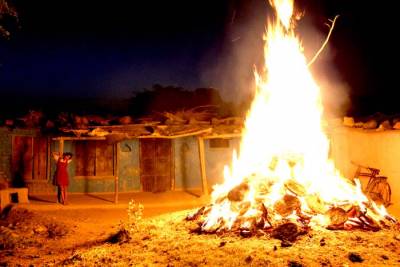
Pinney made two research trips to India in 2008. In January he visited Mumbai, Madhya Pradesh, Delhi and Kolkata. In September he visited Delhi (where he lectured at Jamia Millia Islamia University, the Indira Gandhi National Centre for the Arts, and Jawaharlal Nehru University), Madhya Pradesh, Mumbai and Bangalore (where he gave a Tenth Anniversary Lecture at the Centre for the Study of Culture and Society). In 2009 he made three visits to India to research in Madhya Pradesh (Aug-Sept), and to contribute to the Kovalam Literary festival(Oct) and a Pukar conference on Gandhi's Hind Swaraj (Dec). He also gave lectures and conference presentations at Lisbon, Open University,Cologne,Toronto, Copenhagen, Minnesota and Northwestern.
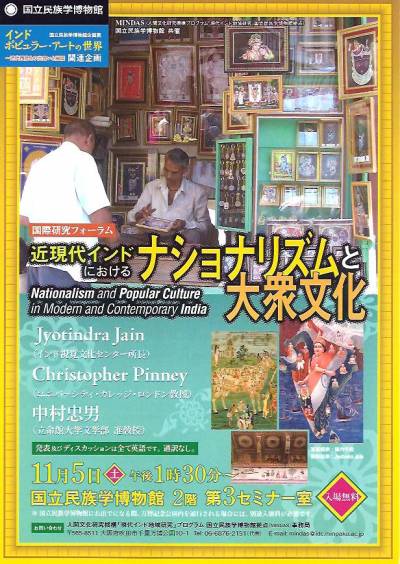
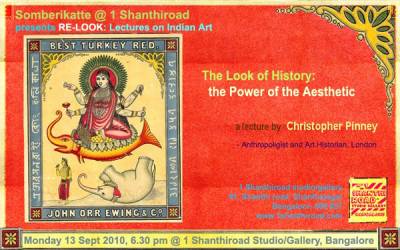
During 2007-09 he was Visiting Crowe professor in Art History at Northwestern University. He gave lectures and seminar presentations at Ohio State University, SALC at the University of Chicago, the University of Southern California, Goldsmiths, NYU, ASU (Phoenix), University of Texas at Austin, Emory, Princeton, Johns Hopkins, New School, Harvard, and Columbia. He gave conference presentations in "Authorizing Inscriptions" at the University of California Davis, in "Decentering Gazes" at the University of Vienna, in "The Aesthetics of Political Transformation in South Asia" at the University of Amsterdam, in the "Indian Cinema Symposium" at the University of Westminster, and in "Painted Photographs" organized by the Alkazi Collection of Photography at SOAS, He participated in a residential seminar "Images that Move" at the School of Advanced Research in Santa Fe, gave a plenary address at the Society for Cultural Anthropology annual meeting at Long Beach, the Annual Lecture of the Transforming Cultures Research Centre at the University of Technology Sydney, and a Nicholson lecture at the University of Chicago.
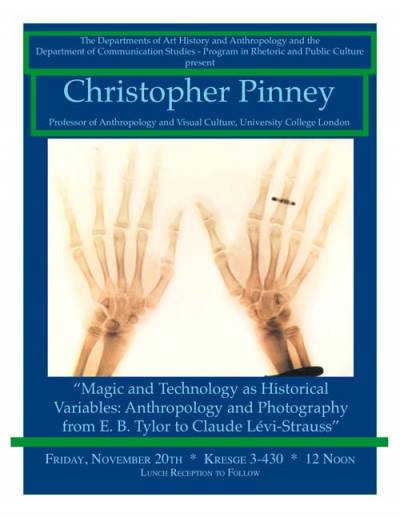
Time Out Mumbai and Time Out Bengaluru interviews are available here and here.
His new website makes available an expanding South Asian visual archive for researchers and teachers.
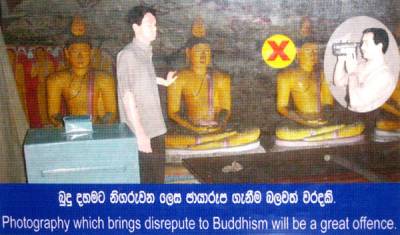
Past events
21-23 March 2016. Intensive workshop on Visual and Material Culture of South Asia at National College of Art, Lahore, Pakistan.
24th March 2016 Public lecture The Waterless Sea: A Cultural and Political History of Mirages at National College of Art, Lahore,. Same lecture repeated at Rawalpindi campus on 25th March 2016.
2nd March 2016 "The Waterless Sea: A Cultural and Political History of Mirages" UCL Art History Department.
12th February 2016 "Mr Lips Changes Trains" in "The Savage Hits Back Revisited", Rautenstrauch-Joest-Museum - Kulturen der Welt, Cologne
8th December 2015, "Performance and De-synchronization in Indian Photography", Frank Davis Memorial Lecture, Courtauld Institute
22nd November 2015"Camera Indica Revisited" 1ShantiRoad Arts Center, Bangalore
9th October 2015, " I Love the Smell of Napalm in the Morning" Keynote Lecture at HISTART Istanbul
3rd October 2015 public lecture "Is There an Indian Way of Photography?" at Gardner Center for Asian Art, and Ideas Seattle Art Museum
1st October 2015 "Destroying the Negatives" seminar at South Asia Center, University of Washington
23rd June 2015 "Concluding Comments" in "From Home Movies to Homs: The Past and Present of Amateur Media" (UCL/Birkbeck collaborative project at Birkbeck Cinema)
June 4-5, 2015 Presented paper and acted as discussant in workshop "Political Cosmologies: Global and Contextual Categories in the Study of India" at Max Planck Institute, Gottingen.
8th May 2015 "Copying and De-Synchronizing" in Mobility and Method: Visual Cultures of Ethnography and Travel in series "South Asian Photographs Across the Disciplines", Yale University.
6th May 2015 "I Love the Smell of Napalm in the Morning" keynote at UCL student conference "Aesthetics and Ethics: An Inquiry into their Relationship"
19th March 2015 M.N. Srinivas Memorial Lecture: "Destroying the Negatives: M.N. Srinivas, 'India's Villages' and Photography".
10th March 2015 "Difference and Disjuncture in World System Photography" in "Photography's Shifting Terrain". Akkasah Center for Photography, NYU Abu Dhabi.
12 February 2015 "On Envelopes, Margins and Medium-Format: the Material History of an Indian Photographic Studio" [Archives and Forms of Knowledge series organized by TORCH & Ertegun House], University of Oxford
28th November 2014, 4th Annual Gerbrands Lecture, "How To Do An Ethnography of World- System Photography" Volkenkunde Museum, Leiden.
28th October 2014 "Ganga and the Cellphone: On the Civil Contract of Photography in India" Department of Art History, Cornell University
25th October 2014 "For an Ethnosociology of Sculpture and Photography" in "Photography and Sculpture: The Art Object in Reproduction" at the Getty Research Institute, Los Angeles
21st June 2014 Plenary Lecture "Disentangled Photographs: How to Do the Ethnography of World-System Photography" at the Photographic History Research Centre, De Montford University
12th June 2014 "Ganga and the Cellphone: The Rise of Wondrous Realism" ; and a discussion with the creators of the Travelling Cinema Project, Amit Madheshiya and Shirley Abraham in Moving On: South Asian Screen Cultures in a Broader Frame, University of Westminster Centre for Indian Media
10th June "The Pictorial Turn at the Border", keynote at Visuality and Territoriality in South Asia The Oxford Research Centre for the Humanities, University of Oxford.
28th May "Contingency, Unverified" in The Photographic Imagination, Art History Department, University of Tel Aviv/Shpilman Institute for Photography
April 20th 2014"Re-reading Camera Indica" - conversation at The Hive, Mumbai, India
25th January 2014, seminar at Graduate School of Humanities and Social Sciences, University of Tsukuba, Japan.
2nd June 2012, Haus der Kulteren der Welt, Berlin, public lecture: "Opium, Indigo, Photography"(link)
31st May 2012, conversation with Catherine David and Berlin Documentary Forum artists, Haus der Kulteren der Welt, Berlin(link)
10th May 2012, Art History Department, Bogazici University, Istanbul, public lecture(link)
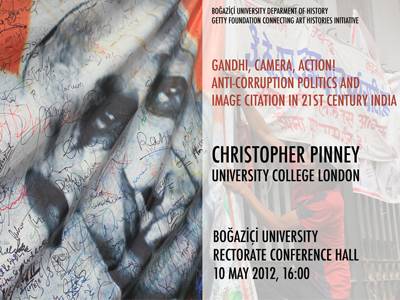
22nd April panel discussant, Palestine Film Festival, Barbican Centre, London
5th April 2012, Jawaharlal Nehru University, New Delhi "Gandhi, Camera, Action: Anna Hazare and the Media-Fold in 21st Century India"
7th March 2012, "The Civil Contract of Photography in India", India Institute, Kings College London.
7th November 2011, public lecture,National Museum of Ethnology, Osaka.
17th September 2011, "Sedimentation and Recursivity: from Dalip Singh to Anna Hazare" in workshop on Curating Indian Visual Culture (Association of Academics, Artists and Citizens for University Autonomy, Dept of Fine Arts, Sarojini Naidu School of Arts and Communication, University of Hyderabad.
12th, 13th, 14th September 2011, lectures series on "The Indian Work of Art in the Age of Mechanical Reproduction" at Jnanapravaha, Mumbai
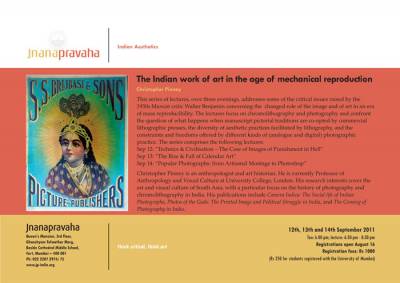
11th June "Impressions of Hell: Printing and Punishment in Colonial India", Institute of Postcolonial Studies, La Trobe.
3rd June 2011 "What Hell Looks Like: Representation as Infection". UCL Dept of Anthropology, Mimesis, Transmission, Power.
3rd May 2011. "Lessons from Hell", Contemporary Indian Study Centre, Aarhus University.
17th Feb 2011 "'This Photograph and not Photography': The Sovereign Contingency of Photographic Evidence", in Image(d) Histories: Photography, Film, Evidence, Hamilton Workers Arts and Heritage Centre, Hamilton, On.
2nd-4th December 2010, "India in Transit: Four vectors of photography in South Asia" conference paper at "The Itinerant Languages of Photography," Princeton University.
17th Nov. "The Authority of the Profilmic: Indian Studio Practice and the History of Photography", LCC Elephant and Castle, Photography Archive Research Centre, 430pm, Media Block 4th Floor Meeting Room M404
Oct 12th, 2010 "The Colonial Dromosphere" St. Antony's, Oxford.
Oct 8th 2010 "">Magic and Technology as Historical Variables: Anthropology and Photography from E. B. Tylor to Claude Levi-Strauss", Department of Anthropology, LSE
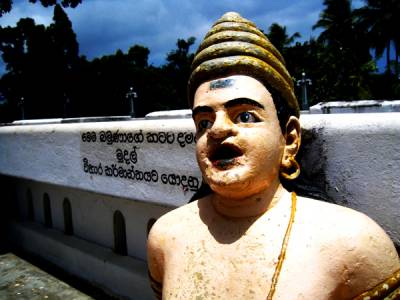
May 26 2009 "The Colonial Dromosphere: Speed, Transmission and Prosthesis in Colonial India", plenary lecture at University of Lisbon Centre for English Studies:
29 May 2009 "Sepia Mutiny: Indian Revolutionaries Stalk the Archive". Keynote lecture at The Visual Archive: The Moving Image and Memory, CRESC, Open University
12 June 2009 "Manifestation and Media: The Aesthetics of Plenitude in central India" in conference on "Trance Mediums and New Media", University of Cologne, Institute for African Studies
6th-8th October Kovalam Literary Festival Kerala, India.
16th-17th October "Feeling Photography" conference, University of Toronto
22nd October UCL Lunchtime Lecture: "Dhoti, Suit and Trilby: M. K. Gandhi and His Opponents
November 12th-13th, "Zoom: the anxiety of photography in India", in "Private Eyes" conference, University of Copenhagen
November 18th, Center for South Asian Studies, University of Minnesota, "The Colonial Dromosphere"
20th November 12 noon, Department of Art History, Northwestern University, "Magic and Technology as Historical Variables: Anthropology and Photography from E. B. Tylor to Claude Levi-Strauss".
18-20th December, "Bombs, Knowledge and Amulets: Hind Swaraj and the Shadow of Tilak's 1908 Trial", Pukar and Jnanapravaha, Mumbai "Hind Swaraj a Century After" conference. Interview in Time Out Mumbai here.
January 5-7th 2010, "'Empire Follows Art': A Visual and Material History of Modern India" at "nw Cultural Histories of India Conference, Centre for Studies in Social Sciences, Kolkata.
January 18th, "Histories of Photography in South Asia and Tibet", Interfakultäre Forschungsplattform und Dokumentationsstelle für die Kulturgeschichte Inner- und Südasiens (IFD / CIRDIS), Vienna. Seminarraum 4, Institut für Kunstgeschichte, Spitalgasse 2 (Eingang Garnisongasse 13), Campus, Hof 9, 1090 Wien
February 10th, Cambridge Centre of South Asian Studies "The Colonial Dromosphere"
March 15th, Anthropology Department UCL, "Magic and Technology as Historical Variables: Anthropology and Photography from E.B. Tylor to Claude Lévi-Strauss"
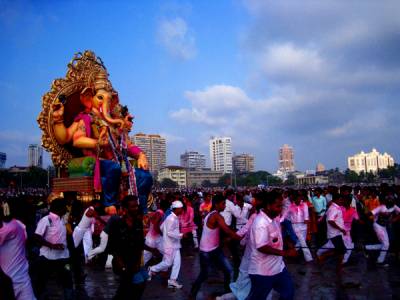
Publications included:
Photography and Anthropology, London: Reaktion Books & Delhi: Oxford University Press. 2011
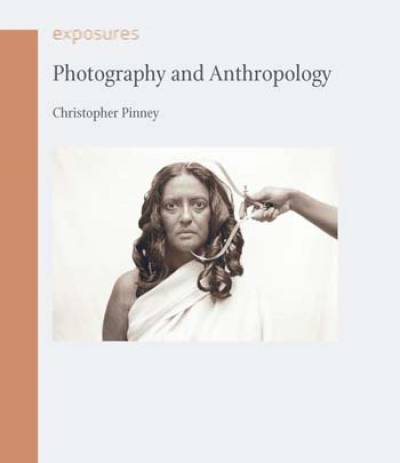
"Epistemo-Patrimony: Speaking and Owning in the Indian Diaspora" in special issue of Journal of the Royal Anthropological Institute co-edited with Nayanika Mookherjee Aesthetics of Nations: Anthropological and Historical Approaches 2011, S192-206.
"It is a different nature which speaks to the camera': Observations on Screen Culture, Prophecy and Politics". BioScope: South Asian Screen Studies 1(2) July 2010, pp. 111-118. ISSN: 0974-9276.
"Camerawork as Technical Practice in Colonial India" in Tony Bennett and Patrick Joyce eds. Material Powers: Cultural studies, history and the material turn Routledge, pp. 145-170, 2010 ISBN: 978-0-415-48303-2
"Buddhist Photography" in Sudeshna Guha ed. The Marshall Albums: Photography and Archaeology Alkazi Collection of Photography, Delhi & Mapin, Ahmedabad, pp. 178-210, 2010. ISBN: 978-1-890206-45-1
"Must we be forever condemned to study territories rather than networks?" Trans Asia Photography Review 2010 online.
"Coming Out Better' in Kirsty Ogg (ed.) Where Three Dreams Cross: 150 years of Photography from India, Pakistan and Bangladesh Whitechapel Art Gallery, 2009.
"Creole Europe" in Vanessa Agnew and Jonathan Lamb eds. Settler and Creole Reenactment, Palgrave Macmillan, pp. 55-78, ISBN 13:978-0-230-57606-03 (reprint of Journal of New Zealand Literature article).
"Iatrogenic Religion and Culture" in Raminder Kaur and William Mazzarella eds. Censorship in South Asia: Cultural Regulation from Sedition to Seduction Indiana, 2009
"sic transit gloria mundi" in Peter Abrahams: Double-Space, London, Eagle Gallery. See
"The Politics of Popular Images: From Cow Protection to M.K. Gandhi , 1890-1950",in Arvind Rajagopal (ed.) The Indian Public Sphere: Readings in Media History" Oxford University Press, Delhi, 2009, pp. 65-86 (edited excerpt from Photos of the Gods).
Commentary in James Elkins and David Morgan (eds.) Re-enchantment Routledge, New York, 2008.
The Coming of Photography in India (London: British Library & Delhi: Oxford University Press). ISBN 978-0-7123-4972-7 (review here).
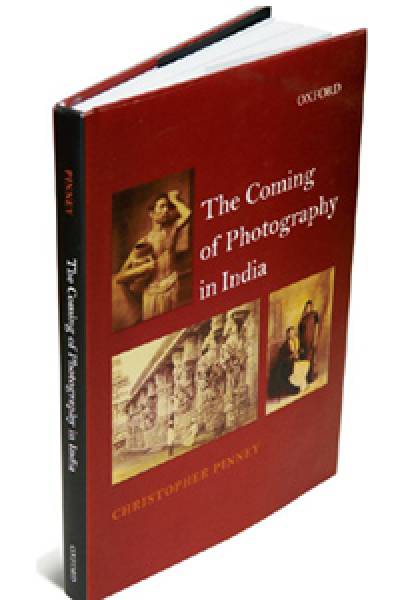
"The Prosthetic Eye: Photography as Cure and Poison" in Matthew Engelke ed. The Objects of Evidence: Anthropological Approaches to the Production of Knowledge special issue of Journal of the Royal Anthropological Institute, 14(s1), pp. s-33-46.
"Accidental Ramdevji" in Jyotindra Jain (ed.) India's Popular Culture: Iconic Images and Fluid Spaces. Mumbai ISBN: 978-8185026817
'Colonialism and Culture' in Tony Bennett and John Frow eds. A Handbook of Cultural Analysis. Pp. 382-405 London: Sage ISBN: 978-0-7619-4229-0
PhD Students
Pinney worked with doctoral candidates on a range of issues including South Asia, visual culture, and postcolonialism.
Konstantinos Kalantzis
Visualizing Identity on the Margins of Europe: Photography and the Geographies of Imagination in contemporary Sphakia, Crete
Rafael Schacter
Graffiti and Public Space in Madrid
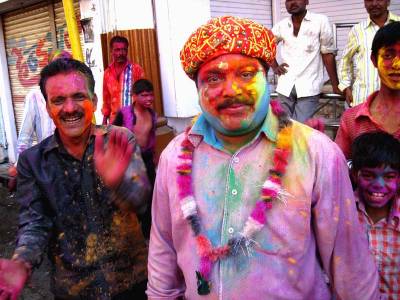
Phyllida Jay
Fashionably Gandhian: craft, contemporary fashion design and luxury in pursuit of "the cloth of freedom"
Rodney Reynolds
Unimagined Community: Material Culture and National Identity in the Republic of Panama
Hoi-Yan Yau
Search for Individual Agency: the Use of Japanese Adult Videos in Taiwan
Shaila Bhatti
Exhibiting and Viewing Culture, Curiosities and the Nation at the Lahore Museum
Tracey Black
Maithil Painting: The Circulation of Images
Alex Aisher
Socio-Religious Practice and Forest landscape Ecology in Arunachal Pradesh
Chris Wright
Photography and Memory in the Solomon Islands
Iban Ayesta
Embodiment in Fin de Millenium Berlin
Raminder Kaur Kahlon (SOAS)
Artwork, religious festivals and nationalism in Western India
Nayanika Mookherjee (SOAS)
A Lot of History: Public Memories, Sexual Violence and the Bangladesh Liberation War of 1971
Helle Bundgaard(SOAS)
Indian Art Worlds in Contention. Local, Regional and National Discourses on Orissan Patta Paintings
Khalid Manzoor Basra(SOAS)
A Garland of Razors: Talwandi Gharana of Lahore
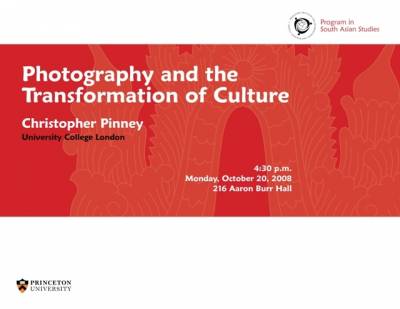
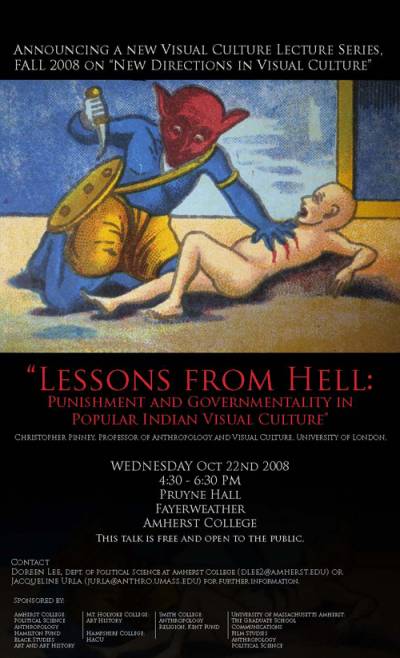
Useful South Asia links
http://www.tasveerghar.net
http://www.sarai.net/
http://www.sahmat.org/intropage.html
http://www.greencardamom.net/
http://dsal.uchicago.edu/
http://tibet.prm.ox.ac.uk/
http://www.alif-india.com/popart/
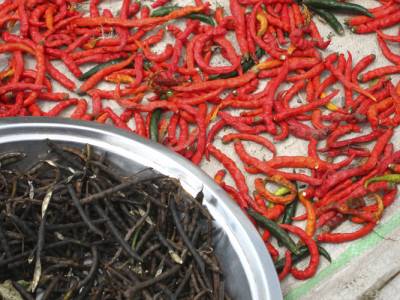
Useful Visual Culture links
http://www.visualanthropology.net/
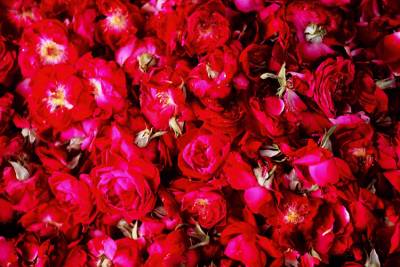
 Close
Close


